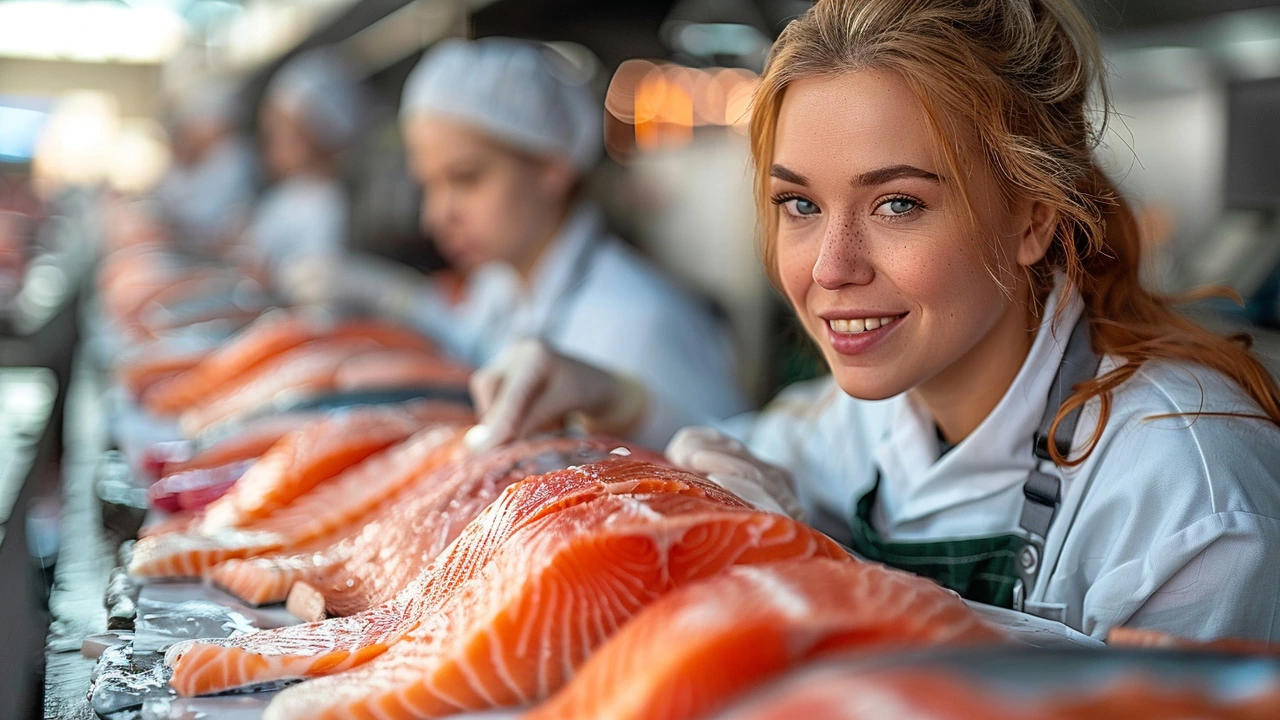Antibiotic Use in Food: What You Need to Know
Roughly half of the world's antibiotic use goes to animals raised for food. That helps prevent and treat disease on farms, but it also drives antibiotic resistance and raises questions about residues in meat, milk, and eggs. If you care about your health and the long-term effectiveness of antibiotics, this is worth a quick read.
Why this matters
When antibiotics are used too often in livestock, bacteria can adapt and become resistant. Those resistant bacteria can spread to people through food, contact on the farm, or the environment. Health groups like the World Health Organization and national agencies warn that overuse in agriculture is a key factor in the rise of drug-resistant infections.
Regulators set withdrawal periods and maximum residue limits (MRLs) so that treated animals aren’t sent to market while drug levels are high. Agencies such as the FDA and the EU’s food safety authorities test food for residues. Still, the bigger risk is resistance: resistant infections are harder and more expensive to treat and can lead to more serious illness.
Practical steps for shoppers and families
You don’t need to be an expert to reduce your risk. Here are simple, effective moves:
- Look for labels: ‘‘USDA Organic,’’ ‘‘Raised without antibiotics,’’ or ‘‘No antibiotics ever’’ mean different things. Organic rules are strict, while other labels vary—ask the retailer if you’re unsure.
- Buy local when possible: Smaller farms often use fewer meds and can explain their practices. Talk to the butcher or farmer about how animals are raised.
- Cook and handle food safely: Proper cooking and avoiding cross-contamination prevents foodborne infections, lowering the chance you’ll need antibiotics later. Use a meat thermometer and keep raw meat separate.
- Choose lower-risk options: Eggs and many dairy products from antibiotic-free systems are widely available. Plant-based proteins also cut exposure and demand for intensive farming.
- Support responsible policies: Vote with your wallet and contact producers or retailers about antibiotic stewardship. Demand transparency on farm practices.
One last myth: washing or cooking won’t reliably remove antibiotic residues if present. Rules are meant to prevent residues from reaching your plate in the first place, so prevention at the farm is key.
On the farm side, better hygiene, vaccination, lower stocking densities, and targeted veterinary care reduce the need for routine antibiotics. Those practices help keep antibiotics working for people when we really need them.
Small choices add up. Choosing products from farms that limit antibiotics, practicing safe food handling, and supporting smarter farming practices help protect your family and preserve antibiotics for future use.

- 19 Comments
Ampicillin, an antibiotic, plays a crucial role in the food industry by preventing bacterial contamination and ensuring the safety of our food supply. This article delves into its various applications, the benefits of its use, and the guidelines regulating it. Understanding these aspects helps consumers appreciate the efforts taken to keep their food safe from harmful pathogens.
